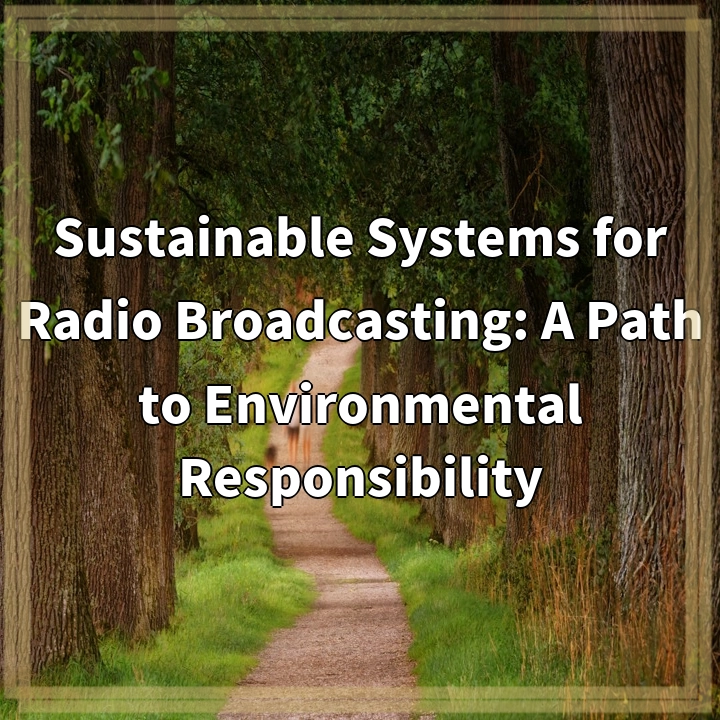
What is Green Solutions in Online Streaming Technology?
Green solutions in online streaming technology refer to environmentally friendly alternatives or practices that can be implemented to reduce the carbon footprint and energy consumption associated with streaming media content over the internet. As the demand for online streaming services continues to grow, there is a need to address the environmental impact of this industry and find sustainable solutions.
Real-World Problems with Online Streaming Technology
While online streaming technology offers convenience and entertainment on-demand, it also poses several environmental challenges:
1. Energy Consumption
Streaming media requires substantial energy to power the data centers, servers, and network infrastructure that support this technology. These energy needs contribute to greenhouse gas emissions and can strain the electricity grid.
2. Carbon Footprint
As online streaming services gain popularity, the carbon footprint of the industry increases. The energy-intensive nature of streaming, combined with the reliance on fossil fuels for electricity generation in many regions, results in significant carbon emissions.
3. E-Waste
The rapid turnover of electronic devices, such as streaming devices and smart TVs, contributes to electronic waste. Improper disposal and recycling of these devices can harm the environment and pose health hazards due to the release of toxic substances.
4. Infrastructure Development
Expanding online streaming services require the construction of data centers and network infrastructure, which can have negative impacts on local ecosystems, including deforestation, habitat destruction, and water pollution.

Solutions for Green Online Streaming Technology
Addressing the environmental challenges posed by online streaming technology requires implementing sustainable solutions. Here are some approaches to consider:
1. Energy-Efficient Streaming Technologies
Developing and utilizing energy-efficient encoding techniques and streaming protocols can reduce the amount of data and energy required for streaming media. This includes optimizing video compression algorithms and adopting adaptive bitrate streaming to match network conditions and device capabilities.
2. Renewable Energy Integration
Streaming service providers can transition to renewable energy sources, such as solar or wind power, to reduce the carbon footprint of data centers and infrastructure. Investing in renewable energy projects or purchasing renewable energy credits can offset the emissions associated with streaming operations.
3. Eco-Friendly Device Design
Manufacturers can design streaming devices and smart TVs with energy efficiency in mind. This can include low-power standby modes, automatic power-saving features, and improved energy management systems. Additionally, promoting device longevity and repairability can reduce electronic waste.
4. Data Center Optimization
Data centers can implement energy-efficient cooling systems, optimize server utilization, and utilize advanced power management technologies to minimize energy consumption. Employing virtualization and cloud-based services can also consolidate server infrastructure, reducing overall energy requirements.
5. Recycling and E-Waste Management
Implementing e-waste recycling programs and working with certified electronic recyclers can ensure proper disposal and recycling of streaming devices. Encouraging consumers to recycle their old devices and providing convenient collection points can help reduce the environmental impact of e-waste.















